OTHER BOOKS

Doubleday: 1965
The funny, touching, entertaining true story of two cats and their adventures with the MacDonald family.
On the back cover there is a pictue of JDM, lying stretched out on the couch,reading, with one of the cats nestled up against his feet.
*****************************************************************************************************
From the current owner of the house recalling what occurred when the addition was put on the house.
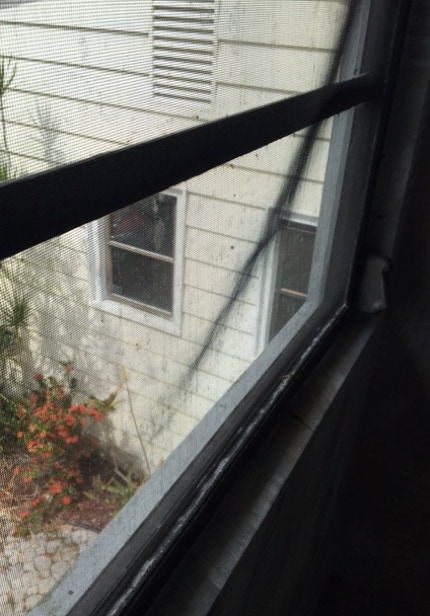
When they made the addition to the main house, they removed the garage, put in a doublecarport, and built his work area on top of the carport as the only second-story portion of thehouse. The sliding glass windows above his desk area opened onto a shallow screenedporch. From the farthest corner of this screened porch, one could look down at an acuteangle directly into the window over the kitchen sink.
It was his cat Roger’s habit to comeup the stairs about once every two or three days to explore his cupboards. John M haddozens of them in his work area, at floor level (p. 135).
“One day he wanted to go out on the screen porch. He’d been out there before. On the dayin question I let him out. As it was a warm day Dorothy had the kitchen window open, andshe happened to be at the sink. When movement caught her eye, she called up to him. Iwatched him. He stopped and stared down at her, six feet away. He tilted his head andstared at her. She continued to talk to him. Abruptly and purposefully he turned aroundand came back into my office, walked diagonally across to the stairs, went down the stairs
to Dorothy’s studio, walked back through the service area to the kitchen door and stoodthere and stared at her.Nothing unusual here.
However, that cat with the two of us observing him, repeated thattrick seven times, without side trips, interruptions, or any lagging of attention and curiosity.Obviously the spatial relationship baffled him. Down there was a familiar food corner, theaccustomed voice and greeting. They could not be a duplication. Yet how could he come sofar yet remain so close? Seven times he stood on the porch and stared down at her. Seventimes he went to the kitchen doorway and checked. It was not a game of hide and seek.He was doing no prancing. He was involved in solemn thought.
At last he seem satisfied,and when I next spotted him, about 15 minutes later, he was sitting out in the sun in thedriveway, either by accident or intent, in the precise place we could most readily see boththe upstairs porch corner and the downstairs kitchen window (p. 136).”

Fawcett: 1963
MacDonald’s story of Judy Garland....he was not really pleased with the end result.
*************************************************************************************************
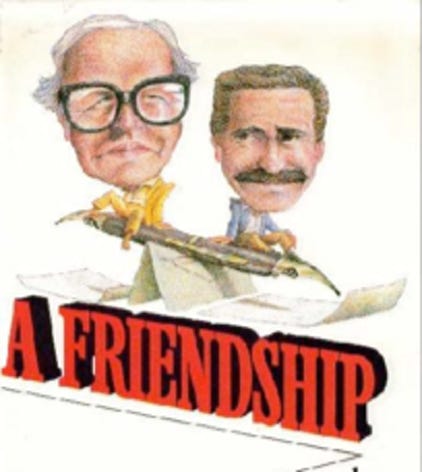
This book of letters reflects the rise and fall of Rowan and Martin's “Laugh In.” It’s a picture of a successful novelist and of a comedian dealing with success, and it is a portrait of how a friendship may live and die. At the suggestion of a mutual friend, Rowan and MacDonald began writing without having met. Their letters are frequent initially, and each writer assumes a role: MacDonald/advisor and Rowan/seeker of such. There is an abrupt break-off in 1974 as Rowan's marriage disintegrates.
*****************************************************************************************

Reading For Survivalis the last published work of John D. MacDonald. It was the fruition of a project first proposed by Jean Trebbi in 1985. Jean was the Executive Director of the Florida Center For The Book, and persuaded JDM to write an essay as Florida’s contribution to the “Literary Heritage of the States,” a program of the Library of Congress Center For The Book.
In the foreword toReading For SurvivalTrebbi notes that JDM had a difficult time with the project, and he expressed second thoughts about the whole matter, and he noted that he written many pages, none of which were acceptable to him.
JDM finally wrote Trebbi that one way to make his words “ fall usefully upon deaf ears is to use such colorful language that it will be quoted, sooner of later, to a great many non-readers.”
Trebbi suggested that he use a conversation beetween Meyer and McGee as a device, and JDM replied:
“Why indeed...I am very sorry for taking so damn long.”
It has been thirty years since JDM died, but the final essay will indeed be read --and re-read --for its comments on many of the issues of that day, which continue to haunt us today.
>
If you want a copy for $15.00 please contact Tara Zimmerman at: Zimmermann, Tara <
.
Fawcett 1968
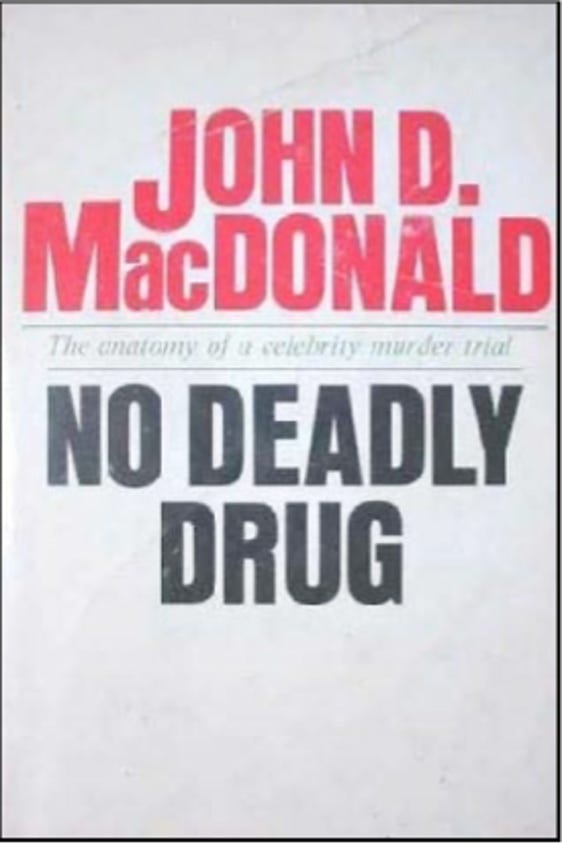
The best-selling author of the Travis McGee novels tells the riveting true story of the notoriousCoppolino murder trial.
Note: JDM paid tribute to John Pete Zenk who had suggested he write about the trial, and who worked with JDM “all the way” as JDM noted.
In 1996, as a guest at our 6th John D. MacDonald Conference, in Sarasota, Florida, we heard a very touching story by John Pete Zenk. The setting was MacDonald’s home, now owned by a private party, who invited all conferees to have a barbecue lunch on the verandah.
Mr. Zenk told us that in 1985, while he was undergoing a very difficult time, both personally andmedically, and a check for a sizable sum of money appeared out of nowhere--theexplanation was that it was for some”royalties” long overdue from further sales of the book.
There was not a dry eye in the house when Zenk told us that it was not until after JDM’s deaththat he found out that the money was simply given by JDM to Zenk under the “guise” of aroyalty payment.
1981
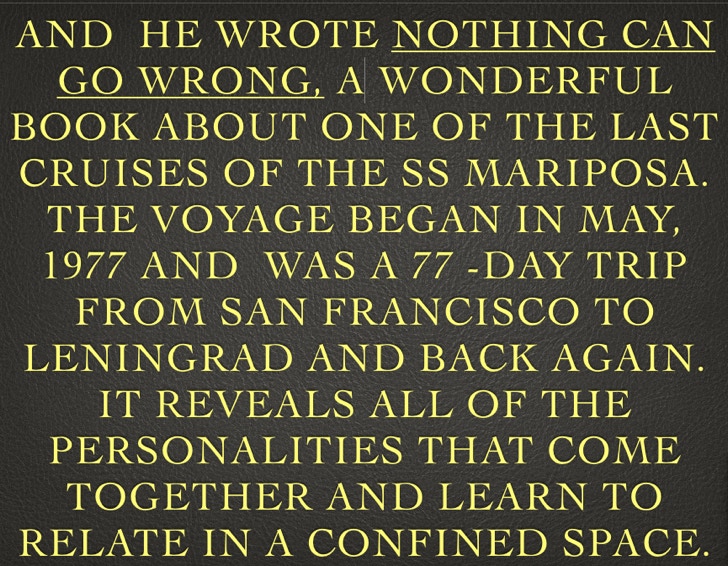
1981
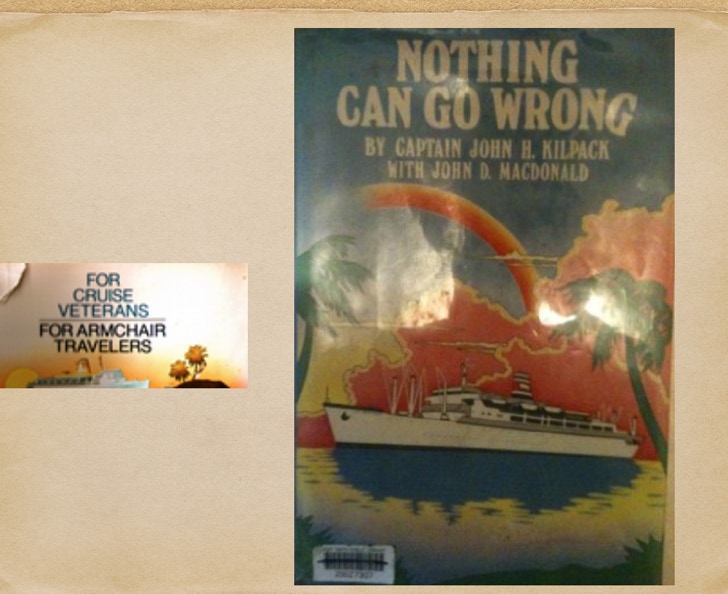
© bill 2014